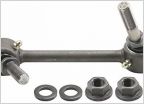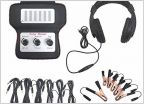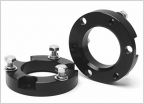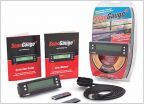-
Welcome to Tacoma World!
You are currently viewing as a guest! To get full-access, you need to register for a FREE account.
As a registered member, you’ll be able to:- Participate in all Tacoma discussion topics
- Communicate privately with other Tacoma owners from around the world
- Post your own photos in our Members Gallery
- Access all special features of the site
Big Three Wiring Upgrade - 2nd Gen Tacoma - Writeup with pictures!
Discussion in '2nd Gen. Tacomas (2005-2015)' started by ramonortiz55, May 3, 2020.
Page 6 of 8
Page 6 of 8


 Sway Bars (OEM vs aftermarket)
Sway Bars (OEM vs aftermarket) Find me this metal pop sound on my truck (and moms 07 4runner)!
Find me this metal pop sound on my truck (and moms 07 4runner)! Aucar vs Joying vs Traditional Head Units
Aucar vs Joying vs Traditional Head Units Fj t case swaps
Fj t case swaps Help identify my lift
Help identify my lift ScanGauge- Which one do you guys use?
ScanGauge- Which one do you guys use?